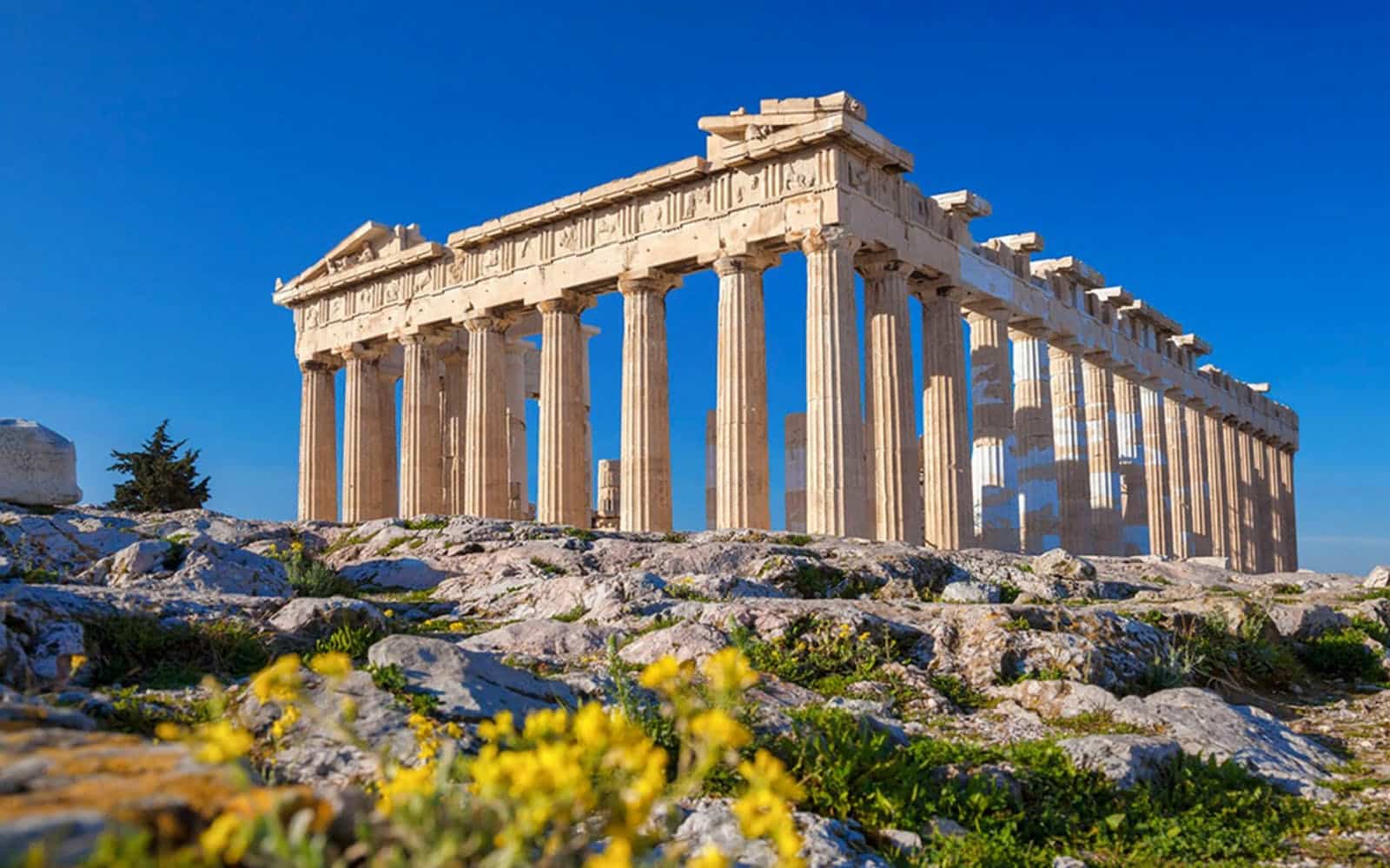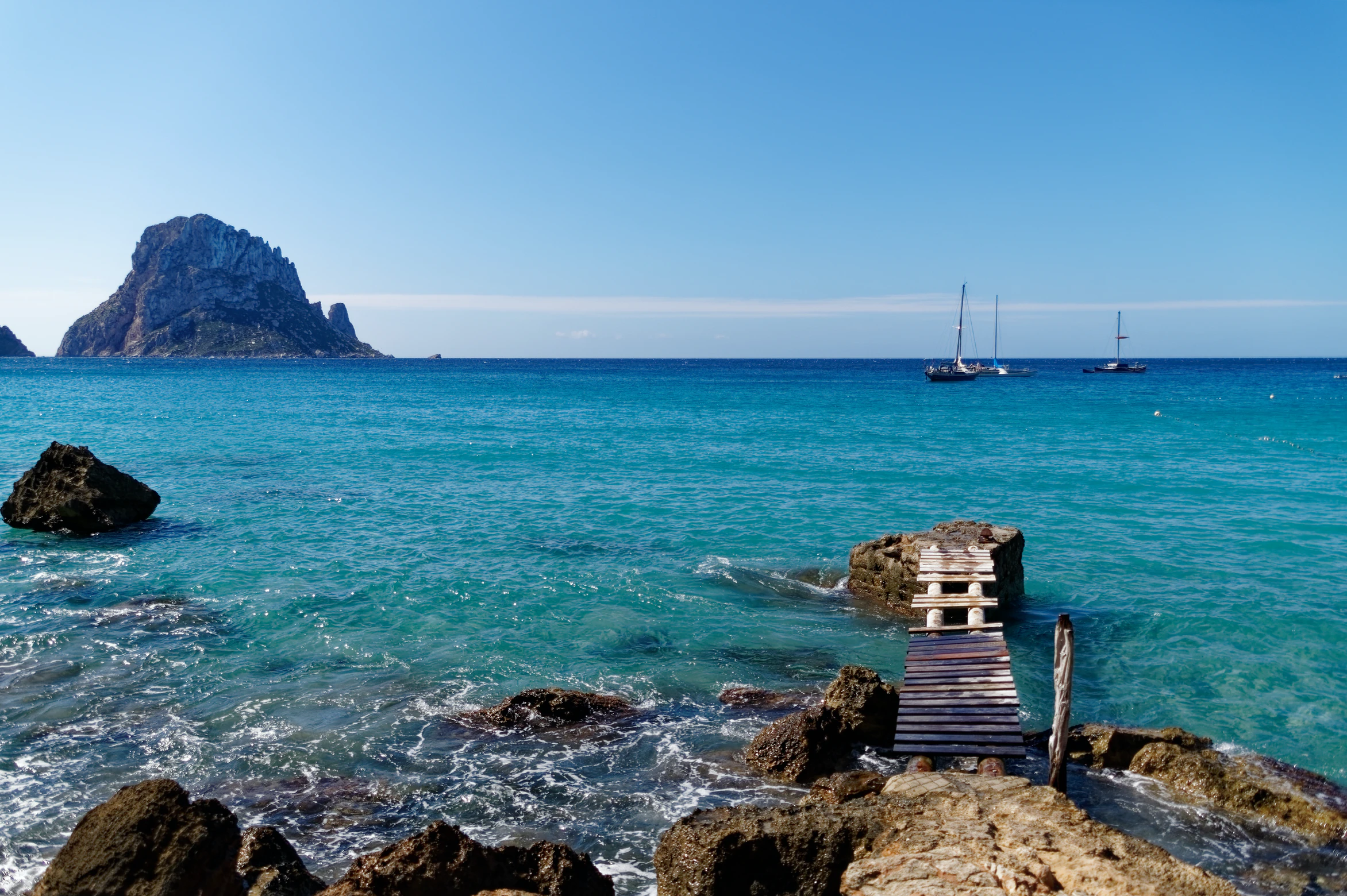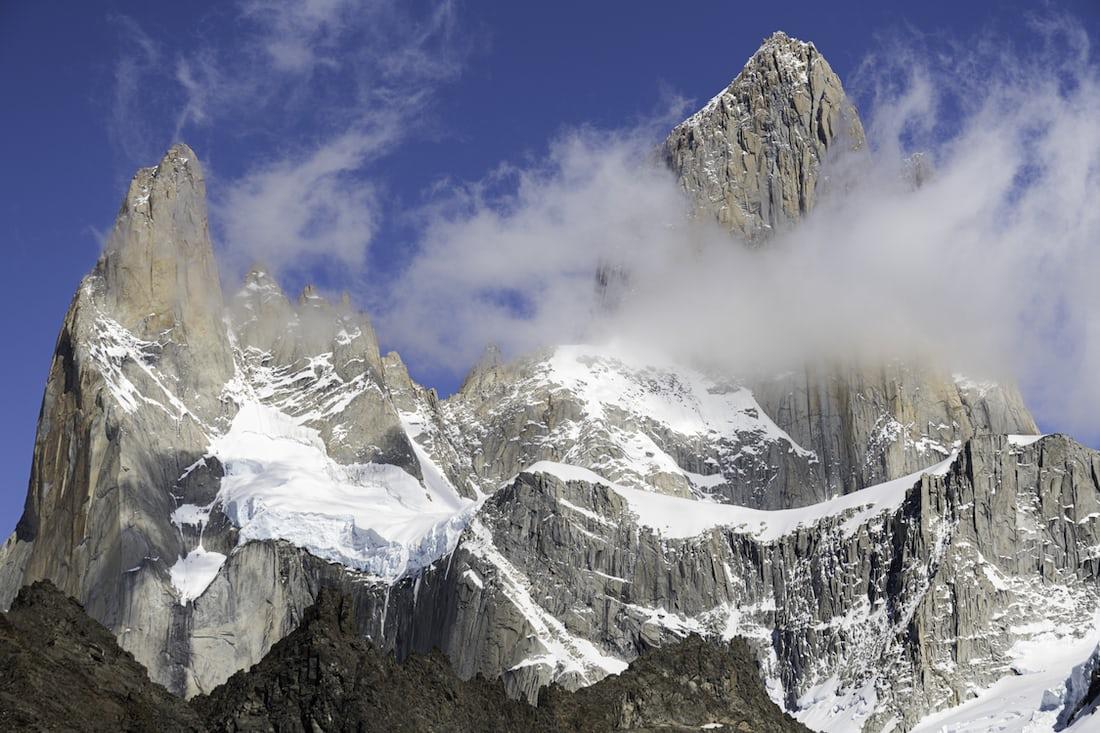Guide to Madidi: Bolivia’s Stunning Amazon Nature Reserve
Located in the upper Amazon River basin of Bolivia, Madidi National Park is a biodiversity powerhouse and one of the most ecologically rich protected areas on the planet. This vast wilderness stretches from snow-capped peaks in the Andes to lush lowland rainforests, creating a mosaic of ecosystems that support an astonishing variety of life.
It is part of a larger protected region that connects with other reserves in Peru and Bolivia, forming one of the world’s largest continuous conservation areas. The park is home to an incredible diversity of species, with scientists estimating that it harbors around 11% of the planet’s total biodiversity.
Jaguars, pumas, spectacled bears, giant otters, pink river dolphins, and hundreds of bird species roam freely here. Here’s our comprehensive guide to Madidi National Park;
Please Download Our Mobile App here.
Overview of Madidi National Park
Set in the northeastern reaches of Bolivia along the upper Amazon river basin, Madidi is one of the most biologically diverse places on Earth. Established in 1995, the park stretches across 18,958 square kilometers (7,319.7 square miles) of rugged terrain that borders both Peru and Brazil.
Its landscapes are a blend of glacier-covered Andean peaks, cloud forests, dense rainforests, winding rivers, and steep mountain slopes. This varied topography, combined with its status as a protected conservation area, allows for an exceptional richness of life. The park shelters 272 species of mammals, 1,254 species of birds, 496 species of fish, 213 species of amphibians, and 204 species of reptiles.
There’s also an astounding 120,000 insect species including over 1,000 types of butterflies, and more than 20,000 plant species. Madidi is also a cultural sanctuary, home to 46 indigenous communities from six different tribes. Madidi also connects with the Apolobamba, Manurip-Heath, and Manu Biosphere Reserve in Peru, forming one of the world’s largest continuous protected regions.
Also Read: Best Resorts in Bolivia.
Wildlife in Madidi National Park

Madidi National Park is a true sanctuary of life, where its diverse ecoregions nurture more than 20,000 plant species and an extraordinary range of wildlife. The park’s fauna is as impressive as its lush vegetation, boasting 272 species of mammals. These include; the elusive jaguar and powerful cougar that top many visitors’ wildlife-spotting wish lists.
Amphibian enthusiasts can marvel at 213 recorded species, while 204 species of reptiles slither or bask in the tropical sun. The rivers and waterways teem with 496 species of fish. The skies are alive with the vibrant colors of 1,254 bird species, with the striking macaw standing out as one of the most breathtaking sights.
Adding to this abundance are over 120,000 species of insects, a reminder of the park’s complex and thriving ecosystems. You’ll also encounter tapirs, capybaras, red deer, manatees, giant river otters, and even pink river dolphins.
Best Time to Visit Madidi National Park
The ideal time to explore Madidi National Park is during the dry season, which stretches from April to October. This period provides the most comfortable conditions for venturing into the rainforest. The drier weather means fewer mosquitoes and a more pleasant experience overall.
Wildlife encounters are particularly rewarding at this time of year, with many animals drawn to rivers and other water sources. It makes sightings of species like capybaras, monkeys, and even jaguars more likely. Travel logistics also tend to be smoother, with less rainfall resulting in more reliable river transport and easier access to trails deep in the park.
While the dry season is typically the best time, it is important to remember that Madidi is still a tropical rainforest, and sudden showers can occur at any time. Packing lightweight waterproof clothing and proper gear ensures that you are prepared for the park’s unpredictable weather while enjoying its unparalleled biodiversity.
Getting to Madidi National Park

Reaching Madidi National Park from Sucre is an adventure in itself, with Rurrenabaque serving as the primary gateway. The fastest and most convenient option is to take a flight from Sucre’s Alcantarí International Airport to Rurrenabaque. EcoJet offers several flights everyday.
Once you land, the journey continues by motorboat along the Beni and Tuichi rivers, a scenic 3-5 hour ride that offers your first glimpse of the region’s wild beauty. For budget travelers, buses run from Sucre to La Paz. You can either take a direct 18-hour bus ride to Rurrenabaque or travel via Coroico before continuing on another bus.
Upon arriving in Rurrenabaque, there is no public transport directly into the park, so you’ll need to arrange a boat transfer with a local tour operator. The length of the adventure depends on the lodge or area of Madidi you plan to visit. It’s worth noting that weather conditions, particularly during the rainy season (November to March), can impact both flight schedules and river levels.
Other Activities in Madidi National Park
Beyond its staggering biodiversity, Madidi National Park offers a range of activities. As part of the greater Amazon basin, Madidi provides one of the most accessible ways to experience this world-famous ecosystem in Bolivia. While Brazil claims the largest portion of the rainforest, Bolivia’s share delivers an equally mesmerizing experience, with dense vegetation, towering trees, and diverse wildlife.
For those keen to explore deeper, the Chalalan area offers more than 30 kilometers of marked trails that weave through pristine forest landscapes. Visitors can embark on self-guided walks or join local guides who provide valuable insights into the park’s ecology and ensure safe navigation through the wilderness.
Park Fees in Madidi National Park

Madidi National Park charges an admission of fee of Bs. 200 per person (around $29). For those planning to join guided tours to the park, most operators require you to pay the fee separately.
FAQs
Is Madidi National Park worth visiting?
Madidi is definitely worth a visit, particularly for those who crave an authentic Amazon adventure surrounded by untouched wilderness. Recognized as one of the most biodiverse regions on the planet, the park teems with an extraordinary variety of plant and animal life. Visitors can also engage with indigenous communities who share their traditions and deep connection to the forest.
How long to spend in Madidi National Park?
Most visitors spend around three to four days exploring Madidi National Park, with common itineraries lasting either 3 days and 2 nights or 4 days and 3 nights. This timeframe allows for the boat journey from Rurrenabaque, the main access point to the park, and provides ample opportunity to join guided excursions into the rainforest.
Conclusion
For those seeking an authentic wilderness experience, Madidi National Park delivers an unparalleled journey into nature’s raw beauty. It is a place where the wild still thrives, where cultures and ecosystems coexist, and where every step through its forests feels like entering a living, breathing natural wonder.






